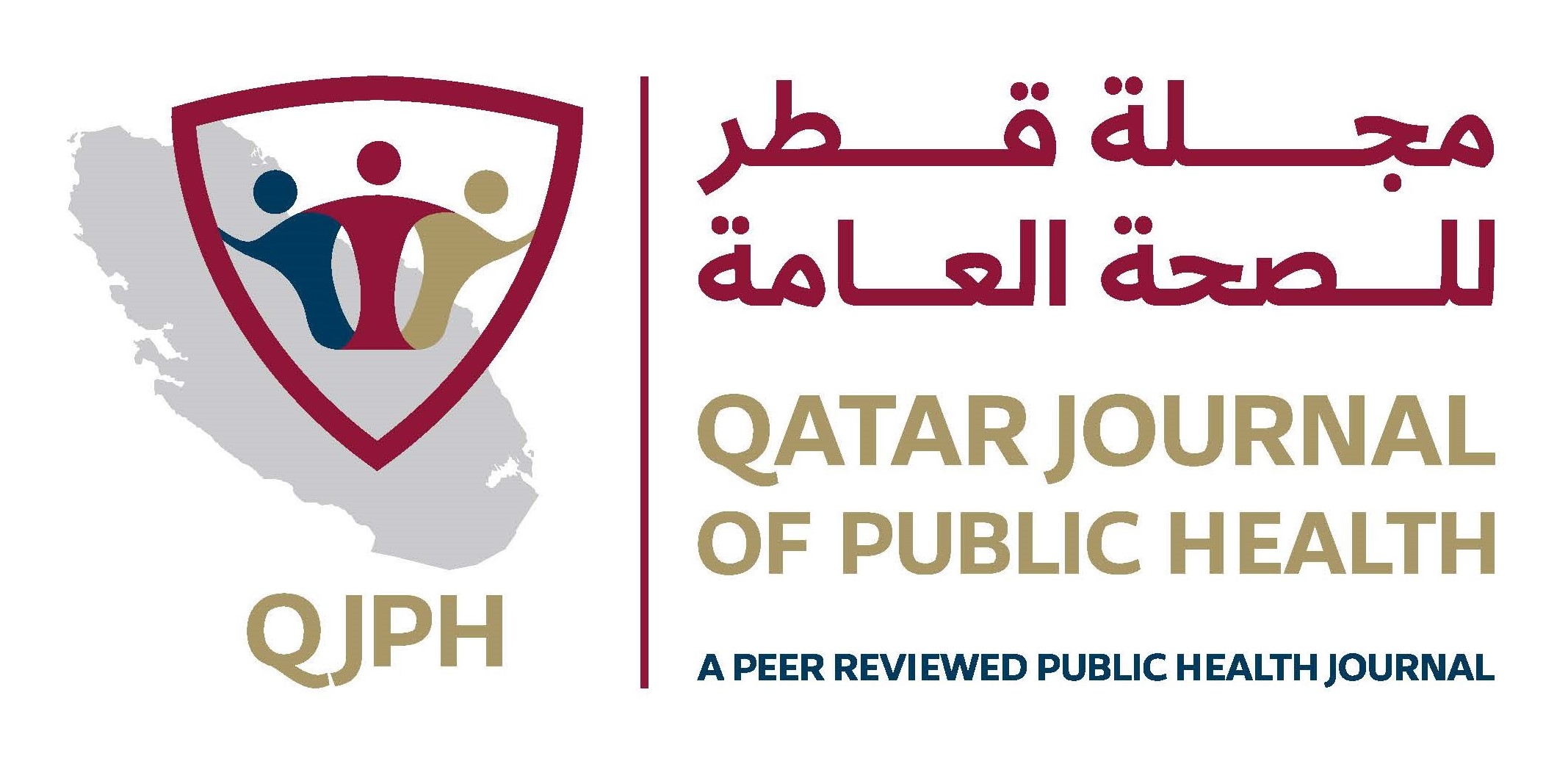-
oa Vision impairment in school students: Results of a school-based study in Qatar
- Source: Qatar Journal of Public Health, Volume 2024, Issue 2, Nov 2024, 15
-
- 06 June 2024
- 06 October 2024
- 30 October 2024
- Previous Article
- Table of Contents
- Next Article
Abstract
Background: Pediatric vision impairment (VI) has profound implications for a child's development, intellectual skills, and quality of life. The aim of this study was to assess the prevalence of VI among primary and preparatory school students in Qatar.
Methods: A school-based cross-sectional study was conducted among students in grades 1, 3, 5, 7, and 9 in Qatar. School nurses conducted visual acuity (VA) measurement using a Snellen chart placed 6 meters away, with an E symbol, in which the 6/6 line is the standard for normal vision. Each student's information was recorded in their electronic health records (government schools, GSs) or in Excel sheets (private schools, PSs).
Results: Three hundred and thirty schools participated in this survey, with 99,379 students divided into 45,670 from GSs and 53,709 from PSs. The prevalence of abnormal VA among students was 10.4% in GSs and 12.6% in PSs. There was no significant association between VI and gender or nationality, although VI was higher in grades 5, 7, and 9 but not statistically significant. Furthermore, the proportion of visually impaired students diagnosed with refractive errors and wearing glasses or contact lenses during vision measurement was 14.7% in GSs and 27% in PSs.
Conclusion: The study provides comprehensive and baseline data on VI among the school children of Qatar. The vision screening helped in the early detection of VI in one-tenth of the affected students. However, urgent interventions are needed to enhance screening strategies for future studies on the causes of VI.



